All about the profession of crane operator

After reading the article, you can find out all the basic information about the profession of a crane operator and training for the profession. We will also tell you about the features of the driver of a truck crane, bridge and tower, crawler and other cranes according to ETKS. The salary and other nuances of such activities are characterized.
Description
A crane operator is a profession that is much less well-known than a welder or an architect, a salesman or a police officer.... And the instrument of his activity attracts attention more often than the specialist himself. However, without such people, any major construction site, transport activity, and many industrial facilities will be impossible.
Despite the pronounced internal division, all such professionals specialize not only in the management of lifting equipment - which, by the way, are useful to society in the first place. They are also engaged in the maintenance of the entrusted property.
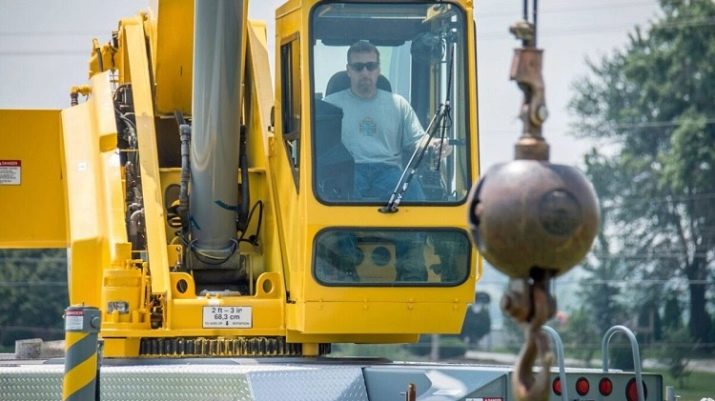
Of course, in case of serious breakdowns, you will have to contact other professionals. However, maintaining the equipment in working order in day-to-day mode is the responsibility of the crane operators themselves. It is curious to emphasize that this profession is officially divided into several private areas. So, operators work on large tower cranes, and if we are talking about a specialist in managing mobile lifting equipment, then we are talking about truck crane drivers. The latter cannot be considered pure drivers: although they have a driver's qualification and obey universal traffic rules on public roads, many other things are required to know and be able to.
Working on a crane consists of the same type of procedures. Those employed in this field perform standardized tasks in a clear pattern. Deviation from the established standards is strictly not allowed, unless this is due to extraordinary circumstances. It is necessary to work outdoors, and even when in the cab, fluctuations in temperature and humidity will affect the crane operator. From the point of view of classifiers, this is a typical working profession - it only requires a lot of qualifications and skill.
Hoisting mechanisms and specialists in their control have been known for a long time. To some extent, it would even be fair to say that the development of this sphere reflected and is reflecting the dynamics of the entire civilization. But the crane with a mechanical drive did not appear until 1827. The widespread use of such a technique falls on the twentieth century.
Therefore, crane operators with good reason can talk about both antiquity and the modernity of their profession.
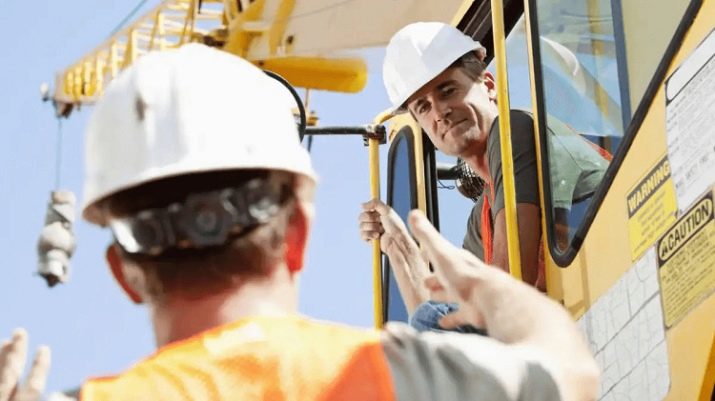
Responsibilities by category
2
For this category, the current ETKS provides for the readiness:
- manage cranes, bridge and sluice;
- move loads weighing up to 3000 kg;
- perform simple handling operations with simple solid and bulk cargo;
- manage monorail trolleys and cranes;
- participate in the repair of a dedicated crane;
- check the quality of fixing the cables and adjusting the brakes.
3
This level also requires the management of bridge and lock-type cranes with a lifting capacity of up to 15,000 kg. Also, the qualification of a specialist allows you to work with tower, portal-jib, gantry cranes (when equipped with any existing load-handling device). If we are talking about work of medium complexity, then the 3rd category crane operator cannot lift more than 10,000 kg in 1 step. He needs to be ready for the installation of industrial equipment and its individual parts on machine tools.
Additionally, you will need skills:
- move the scaffold;
- operate electric hoists;
- work with mobile cranes;
- work with rack stackers.
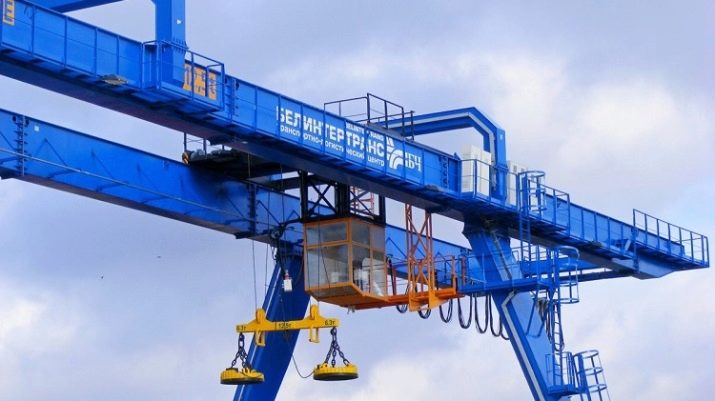
4
With this skill level, the crane operator must be familiar with the rules of the road. Additionally, you will have to study:
- the device of the crane itself and its individual machines;
- preventive maintenance procedure;
- the main manifestations of malfunctions and ways to eliminate them;
- requirements for the quality of work and building structures;
- features of the device of slings and grips, other removable devices, requirements for them and for their use;
- the procedure for working with a crane;
- plumbing in a minimum volume;
- the procedure for providing emergency assistance.
The required skills will be:
- control of truck cranes with a lifting capacity of up to 6300 kg during operations with loads on command;
- inspection of external fasteners and adjustment of cable mechanisms;
- determination of readiness and suitability for work (serviceability) of individual parts;
- reading working drawings;
- keeping logs and waybills.
Moreover, you need:
- move with tower and gantry cranes up to 25,000 kg of simple types of cargo;
- move loads of medium complexity on stationary lifts (up to 3 m);
- move structures and parts 3-6 m long with an overhead or sluice crane;
- tilt ship sections;
- move the scaffold;
- use crawler cranes and cranes installed on pneumatic wheels with a lifting capacity of up to 10,000 kg (but not during construction and installation work);
- take into account the stored values;
- manipulate rack stackers with a lifting capacity of more than 1000 kg;
- use automatically controlled stackers;
- control the cranes remotely using standard radio equipment.
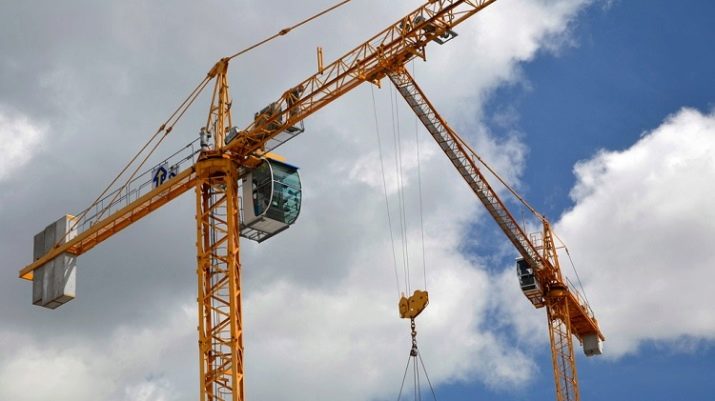
5
At this level, knowledge is required:
- specific purpose, methods of action and internal structure of nodes;
- features of safety devices;
- preventive maintenance schemes;
- locksmith skills (5th grade);
- crane manufacturers instructions;
- general nuances of labor protection;
- environmental protection standards;
- consumption rates of fuels and lubricants and raw materials for certain types of work.
Such a specialist should be ready to operate a mobile crane with a lifting capacity of up to 10,000 kg inclusive. He personally inspects all fasteners and is responsible for them. If necessary, it serves and makes operational repairs of truck cranes at the level of a 5th grade locksmith. Like other specialists, it obeys the internal regulations of the organization. The assignment of such a category is allowed only after two years of work in a specialty at a lower level.
Additionally, he is obliged:
- use lock and bridge cranes with a lifting capacity of 10,000 to 100,000 kg;
- use stationary tower cranes and gantry-type systems with a lifting capacity of 5000-25000 kg;
- lift loads requiring extra care;
- load blanks into the furnace and unload them;
- assist in construction and installation work;
- operate crawler and pneumatic wheeled cranes, as well as railway cranes.
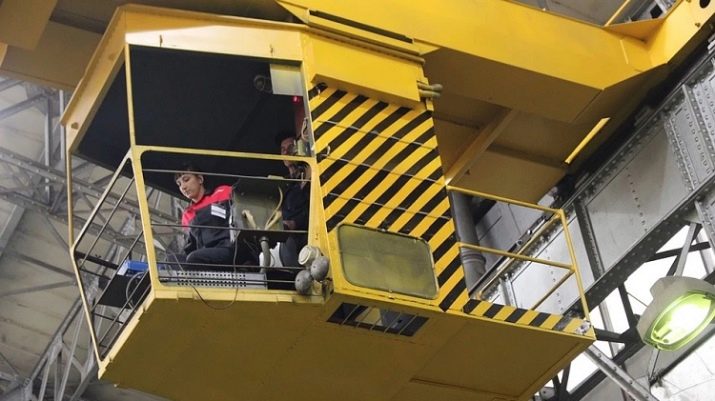
6
The professional standard of this category assumes that you will have to work with devices with a carrying capacity of more than 100,000 kg. It is often necessary to move loads longer than 6 m, including those requiring increased accuracy. The usual business is the assembly of technological devices in industry, slipway and sectional assembly. In some cases, Category 6 crane operators are involved in metal spills in steel mills.
Finally, it is worth mentioning the work with tracked, wheeled and self-propelled equipment used in construction and on the railway - such machines can lift more than 25,000 kg, perform any handling operations, except for construction.
7
The job description of a truck crane operator fixes the exact knowledge of the rules for working with a truck crane, including in the security zones of reservoirs, power grids, heating networks. He must be ready to refuel the lifting equipment on his own and prepare it for work upon receipt.
This skill level implies exact knowledge of the order of repair and maintenance of the main parts of the equipment, the order of testing and acceptance into operation. A professional of the 7th category is able to independently repair devices with carrying out locksmith work according to his profile.
Additionally, you will have to study and master the principles of working with control and measuring equipment, with alarms, procedures for maintaining working documentation, fire safety requirements.

8
The highest level of qualification implies:
- skillful use of funds, which increase the carrying capacity of machines and allow you to work more efficiently;
- willingness to work in industrial construction, in the construction of metro and energy facilities, in the analysis of rubble;
- the ability to check the operation of the electric motor and clutches, hydraulic and pneumatic components;
- monthly technological service stationary or truck crane in accordance with regulatory requirements;
- maintaining security when moving and performing direct work, when preparing for them.

Requirements
Only those who have reached the age of majority can become crane operators. It is worth noting that from 2021, women will also be allowed to hold such a position. But the level of other requirements is no softer for them. All candidates will have to obtain a diploma of secondary vocational training in the relevant specialty. You will definitely need to undergo a medical examination and regularly repeat such an examination.
Another important nuance is obtaining an admission to the 3rd level of electrical safety at least (for low-voltage equipment and apparatus). We will also have to obtain permission to work in accordance with federal industrial safety standards (in terms of the use of lifting equipment).Crane operators also comply with health and safety regulations introduced in a Labor Department order in September 2014. Testing for the level of knowledge and competencies is carried out according to the methodology described in a joint resolution of the Ministry of Labor and the Ministry of Education, issued on January 13, 2003.
To operate a mobile crane, you will need to obtain a driver's license. The category is determined by the type of lifting device and the requirements for it may change. Also, the requirements for any crane operator are:
- absence of visual, vascular, nervous, respiratory and endocrine problems;
- high quality of work of the musculoskeletal system;
- excellent coordination of movements;
- an excellent eye for any situation;
- high level of attention and concentration;
- endurance;
- emotional stability;
- the ability to find a common language with slingers.

Education
The demand for the specialty of a crane operator is beyond doubt. Therefore, many educational organizations are engaged in the training of such professionals. You can submit documents to any secondary specialized educational institution where there is an appropriate profile. Most attractive, according to experts:
- road construction technical school of Chelyabinsk;
- Industrial and Economic College of Yekaterinburg;
- highway college of St. Petersburg;
- Omsk technical school of construction and forestry;
- road-building technical school of Khabarovsk;
- Krasnoyarsk Transport and Service College;
- Tula Technological College.
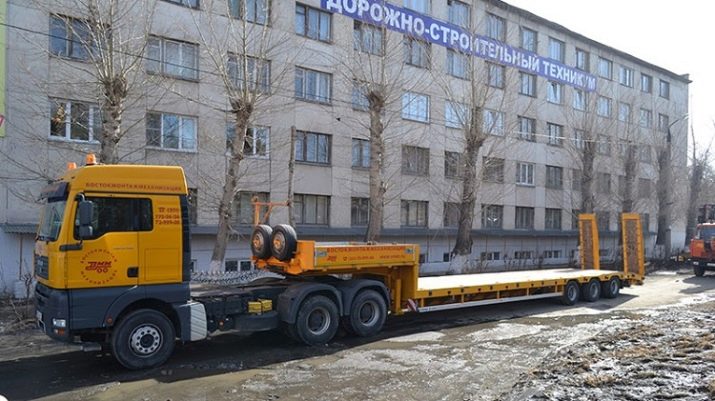
Place of work
Graduates of educational institutions are not trained for "general crane", but for a specific type or even for specific models of machines. The area of application of the automobile (self-propelled) lifting mechanism is very wide. It is needed:
- for private housing construction;
- in ancillary operations of large housing construction;
- in housing and communal services;
- in agriculture.
Therefore, truck crane operators are invariably in-demand specialists. They are called both to form foundations and to lay roof structures. If the technique, which the specialist is trained to own, has increased cross-country ability, then the scope of his skills is further expanded.
Bridge or electric bridge crane operators are involved in installation and repair work at various sites. They can work both in a closed workshop and in open areas; quite often it is necessary to sort the metal using electromagnets.
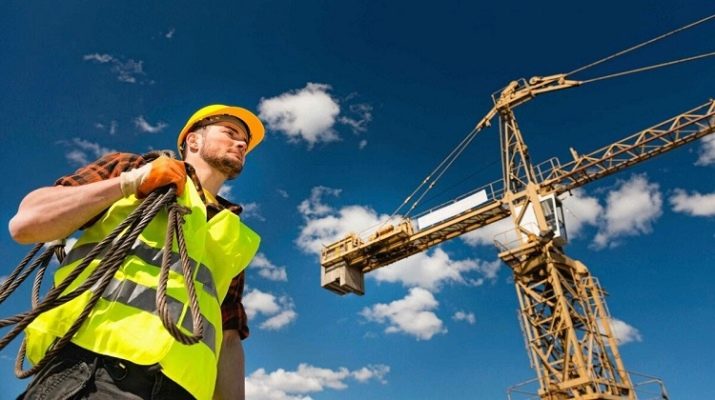
Tower cranes play an important role in construction and other areas.... According to some reports, their share in the total park is from 17 to 20%. Such machines are in demand in industrial and civil construction, in the construction of hydraulic facilities. Some of the devices are initially adapted for high-rise construction. Each such model costs a lot of money and is thought out very carefully.
Tower modifications are divided into self-propelled, semi-self-propelled and non-self-propelled types. The choice between them is determined by engineers and designers. Individual crane operators work on tracked vehicles. It is represented by classic boom versions and excavators with the addition of a lifting base. Often these devices are used for work at power engineering facilities and at assembly and enlargement sites.
In addition to truck cranes and stationary versions, manipulators are regularly used. They are suitable for hanging loads. Of course, its size and mass will be less than with a single lift.
Equally important is the fact that transportation places very strict demands on the performers' skill and responsibility. Manipulators of heavy models are not widespread in our country, and specialists in handling them are in little demand.
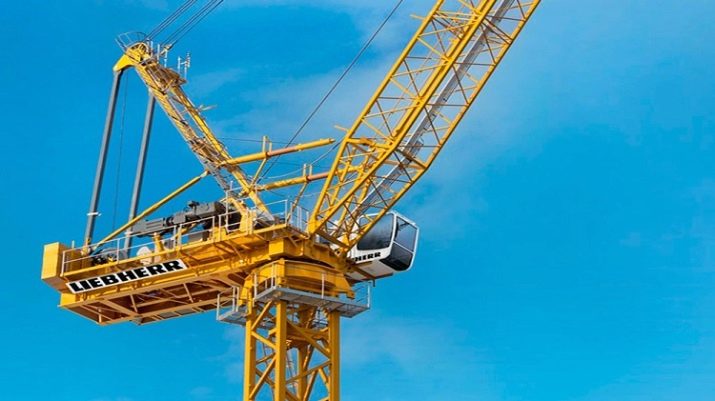
Gantry operators are attracted to service large warehouses that require significant turnover. The span can most often vary from 4 to 40 m.But on individual objects, the boom reach is further increased. Operators are also distinguished:
- portal (grab, hook, erection) cranes;
- ship lifting equipment mounted on watercraft;
- a separate floating crane (a self-propelled or barge-type vessel, the main function of which is just the lifting and movement of goods);
- cranes for metallurgical production, capable of working in harsh environmental conditions.
Additionally, metallurgy has its own division:
- foundries;
- designed for stripping open-hearth ingots;
- trough-transport;
- hardening;
- landing;
- bottling;
- filling and some other types of crane equipment.

Wage
The salary received is influenced by the rank achieved and the accumulated experience. Working conditions are also taken into account... The average salary in large companies in large cities is 70,000-100,000 rubles. Outside the regional centers, the majority of crane operators in Russia receive from 30,000 to 60,000 rubles. The highest income is observed among those who agree to work in the Far North and in regions equated to it.
It is curious that in Moscow the payment is by no means the maximum. In reality, in the Russian capital, the average rate is 45 thousand rubles. Considering the consumer prices typical for this city, the sum is not at all impressive. If you go to Ugra, you can increase the average salary to 86,000 rubles. The income of operators of lifts in Sakhalin will be slightly less.
Petersburg crane operators usually expect a salary of up to 37,000 rubles. In other regions, the situation is as follows:
- Magadan region - 49,000;
- Tyumen region - 40,000;
- Kazan - 35,000 (the same amount in Izhevsk, Ufa);
- 32,000 - in Nizhny Novgorod companies;
- 30,000 - in Krasnodar.









